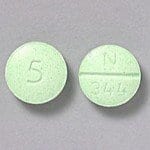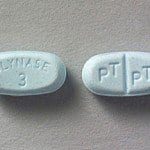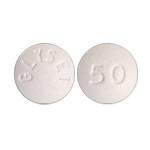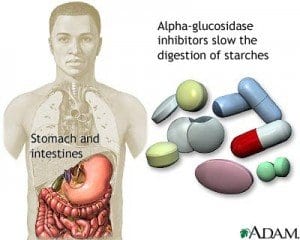Good and Bad Fat Proteins and What They Mean for Diabetes: studies just released deal with fat proteins in your blood system that can either be a marker for diabetes development or a signal that diabetes may be avoided. This apparently hinges on the type of fat proteins found in your system.
You might think of this in much the same way you might good cholesterol (HDL) and bad cholesterol (LDL). The first type of fat protein is known as PEDF (pigment epithelium-derived factor). This protein is linked to the development of Type 2 diabetes. The second type is Adiponectin and this has been linked to diabetes avoidance.
There has been long standing evidence that obesity and diabetes are often strongly linked. A study by Monash University suggests, “When PEDF is released into the bloodstream, it causes the muscle and liver to become desensitized to insulin. The pancreas then produces more insulin to counteract these negative effects,” according to Associate Professor Matthew Watt in a ScienceDaily.com interview.
When the body is forced to produce significant amounts of insulin it effectively wears out and stops making enough. This is the reason why PEDF can lead to Type 2 diabetes.
Watt does have good news, “Our research was able to show that increasing PEDF not only causes Type 2 diabetes like complications but that blocking PEDF reverses these effects. The body again returned to being insulin-sensitive and therefore did not need excess insulin to remain regulated.”
Meanwhile WebMD reports that a separate fat protein may actually signal a lower risk of Type 2 diabetes. “Adiponectin is a protein produced by fat cells that has anti-inflammatory properties. It also makes the body more sensitive to insulin.”
More than 15,000 individuals were included in study statistics and the results indicate strong Adiponectin levels indicated a reduced risk for diabetes.
Because Adiponectin is found in fat researchers are careful to reiterate that increasing fat content in and of itself is likely to be harmful. The reason is tied to the protein PEDF that can actually be a causal agent in the development of diabetes.
Fat consumption can provide both proteins leading to both good and bad results. This is likely why researchers are looking at the possibility of developing medications that will block PEDF (bad fat protein) while boosting the intake of Adiponectin (good fat protein).
As science becomes more capable of defining individual components we gain a much clearer picture of why medical complications arise based on how our bodies react to what we consume and how we take care of them.
In both cases researchers point to the fact that a decrease in body weight is likely to make the debate over fat proteins a moot point. Rob M. van Dam told U.S. News and World Report, “Avoid obesity. So many things get better as you lose weight.” Professor Watt told ScienceDaily.com, “Type 2 diabetes patients will benefit knowing the two conditions are linked. We already know that weight-loss generally improves the management of blood glucose levels in diabetes patients.”
Most pharmaceuticals for diabetes are developed when weight loss goals are either ignored or cannot be met for other physical reasons. When an overweight individual who weighs 200 pounds looses 10-20 pounds many of the symptoms associated with diabetes or pre-diabetes go away. The guideline is 5-10% weight loss. If you are struggle with your weight consider making small changes that can make for great results. This includes better and more informed food choices along with greater physical exercise.
 The Type 1 Diabetes Wheat Link: Research partially funded by the Juvenile Diabetes Research Foundation (JDRF) suggests a possible link between the consumption of wheat products and the development of Type 1 diabetes in certain individuals.
The Type 1 Diabetes Wheat Link: Research partially funded by the Juvenile Diabetes Research Foundation (JDRF) suggests a possible link between the consumption of wheat products and the development of Type 1 diabetes in certain individuals.

 The
The 

